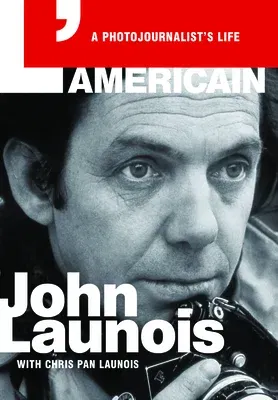Before television, the great picture magazines captured world events for
millions of readers. They sent correspondents and photojournalists to
the ends of the earth to record history in the making. Among this elite
was the photographer, John Launois. During the 1960s and 1970s, the
final decades of the "golden age of photojournalism," John Launois
blossomed as one of the most resourceful, inventive, prolific, highly
paid, and widely traveled photojournalists at work during that period.
Launois made himself the master of the deeply researched photo essay,
and his published work appeared in Life, The Saturday Evening Post,
National Geographic, Fortune, Time, Newsweek, Look, Rolling Stone, Paris
Match, London's Sunday Times, and many other American, European, and
Asian publications.
This is his story told in his own words: from his youth amid the poverty
and terror of German-occupied France during World War II when he dreamed
of coming to America, to his lean "noodle years" in the Far East as he
struggled to master his craft, to his years in America as a successful
photographer and globetrotting adventurer. It was during this time that
he recorded some of the most iconic images of the period--presidents,
the Beatles, Malcolm X, wars, riots, and natural disasters. He also
writes very candidly of the terrible toll the demands of his work
imposed on his family, his loves, and himself. Through it all, he
mingled with the rich, powerful, and downtrodden alike, always marveling
that he had come so far.

